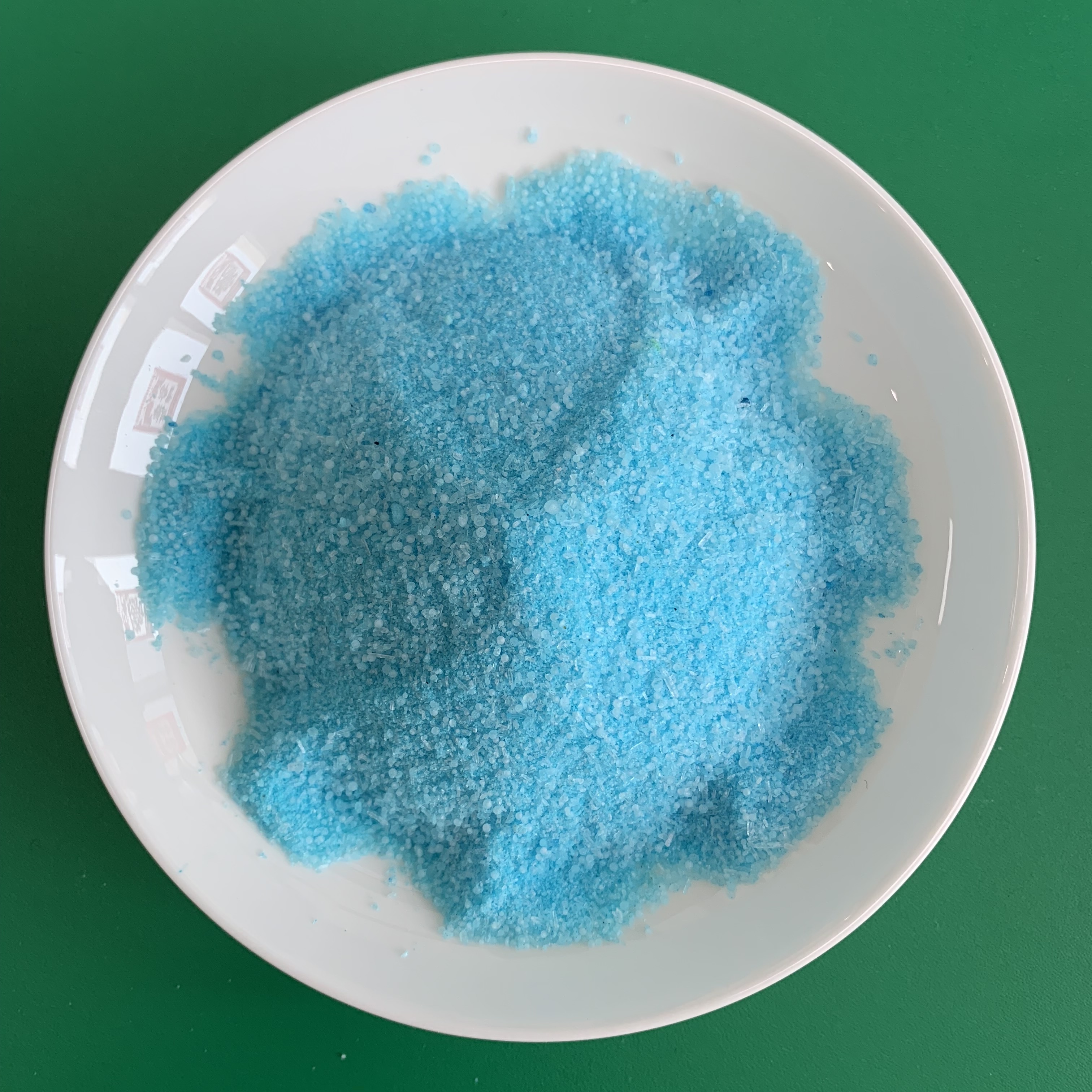



Exploring the Properties and Applications of 0.05% NaOH Solution in Chemistry
Understanding the Role of Sodium Hydroxide (NaOH) in a 0.05 N Solution
Sodium hydroxide (NaOH), commonly known as caustic soda or lye, is a highly versatile chemical compound with a range of applications across various industries. In its pure form, NaOH is a white solid that is highly soluble in water, creating a strong alkaline solution. The process of making a sodium hydroxide solution involves dissolving this compound in water, where it dissociates into sodium (Na⁺) and hydroxide (OH⁻) ions. One specific concentration of sodium hydroxide that is of particular interest in laboratory and industrial applications is 0.05 normal (N) NaOH solution. This article will explore the significance, preparation, and applications of a 0.05 N NaOH solution.
Preparing a 0.05 N NaOH Solution
To prepare a 0.05 N NaOH solution, one must first understand what normality means. Normality is a measure of concentration equivalent to molarity but specifically relates to the number of equivalents per liter of solution. For NaOH, which is a strong base, one equivalent corresponds to one mole because it can donate one hydroxide ion (OH⁻).
To calculate the amount needed to prepare a 0.05 N solution, you can use the formula
.
\[ \text{grams of NaOH} = \text{normality} \times \text{molar mass of NaOH} \times \text{liters of solution} \]
The molar mass of NaOH is approximately 40 grams/mole. For a 0.05 N solution, if you were preparing 1 liter, you would need
\[ 0.05 \, \text{N} \times 40 \, \text{g/mole} \times 1 \, \text{L} = 2 \, \text{grams of NaOH} \]
Once the appropriate amount of NaOH is measured, it is thoroughly dissolved in water, ensuring that the solution is well-mixed and at the desired volume.
naoh 0.05 n

Applications of 0.05 N NaOH
A 0.05 N NaOH solution has various applications in both laboratory settings and industrial uses. One of its key roles is in titration experiments, especially in acid-base titrations where the accurate determination of analyte concentrations is critical. In these experiments, a 0.05 N NaOH solution can act as a standardized titrant to quantify the concentration of acidic substances in a given sample. This is vital for industries involved in pharmaceuticals, food and beverage, and environmental monitoring, where precise pH control and measurement are essential.
In addition to titrations, 0.05 N NaOH solutions are often used in cleaning applications due to their ability to break down organic materials and neutralize acids. The controlled concentration ensures that the solution is strong enough to be effective without posing excessive risks associated with higher concentrations of NaOH, which can be a hazardous material.
Another significant application is in water treatment processes. Sodium hydroxide can be utilized to adjust the pH of water, making it more alkaline. This is particularly important in processes such as neutralizing acidic waste streams and in corrosion prevention treatments for pipes and other infrastructure.
Safety Considerations
While a 0.05 N NaOH solution is considerably less hazardous than higher concentrations, proper safety precautions should still be undertaken. Even at this dilution, it is essential to wear personal protective equipment (PPE), such as gloves and safety goggles, to avoid skin or eye contact. If a spill occurs, it should be cleaned up promptly and appropriately, following established safety protocols.
Conclusion
In conclusion, a 0.05 N sodium hydroxide solution serves as a fundamental resource in both academic and industrial settings. Its versatility in applications ranging from titrations to cleaning and water treatment, combined with its manageable safety profile, makes it an essential component in various chemical processes. Understanding how to prepare and utilize this solution effectively can significantly enhance its benefits across multiple disciplines.
-
Why Strontium Carbonate Still MattersNewsJun.06,2025
-
Why BaSO4 MattersNewsJun.06,2025
-
Why Barium Carbonate Still MattersNewsJun.06,2025
-
Strontium Hydroxide: A Versatile Compound for Modern ApplicationsNewsJun.06,2025
-
Strontium Chloride in Daily IndustryNewsJun.06,2025
-
Pure Potassium Nitrate for SaleNewsJun.06,2025
-
What Is Sodium Bisulfate Used For?NewsMay.15,2025










